Deep beneath the hills near the town of Konjic in Bosnia and Herzegovina lies one of the most fascinating relics of the Cold War era—Tito’s Bunker, officially known as ARK (Atomic War Command). This massive underground complex offers a glimpse into the tense geopolitical climate of the mid-20th century and the extraordinary lengths Yugoslavia went to in preparing for a nuclear attack.
But who was Tito? Josip Broz Tito was the leader of Yugoslavia from the end of World War II until his death in 1980. A charismatic and controversial figure, Tito led the socialist federation of Yugoslavia and maintained its unique position of neutrality during the Cold War, balancing relations with both the Soviet Union and the West. His leadership and policies were crucial in shaping the country’s direction during this period of global tension.
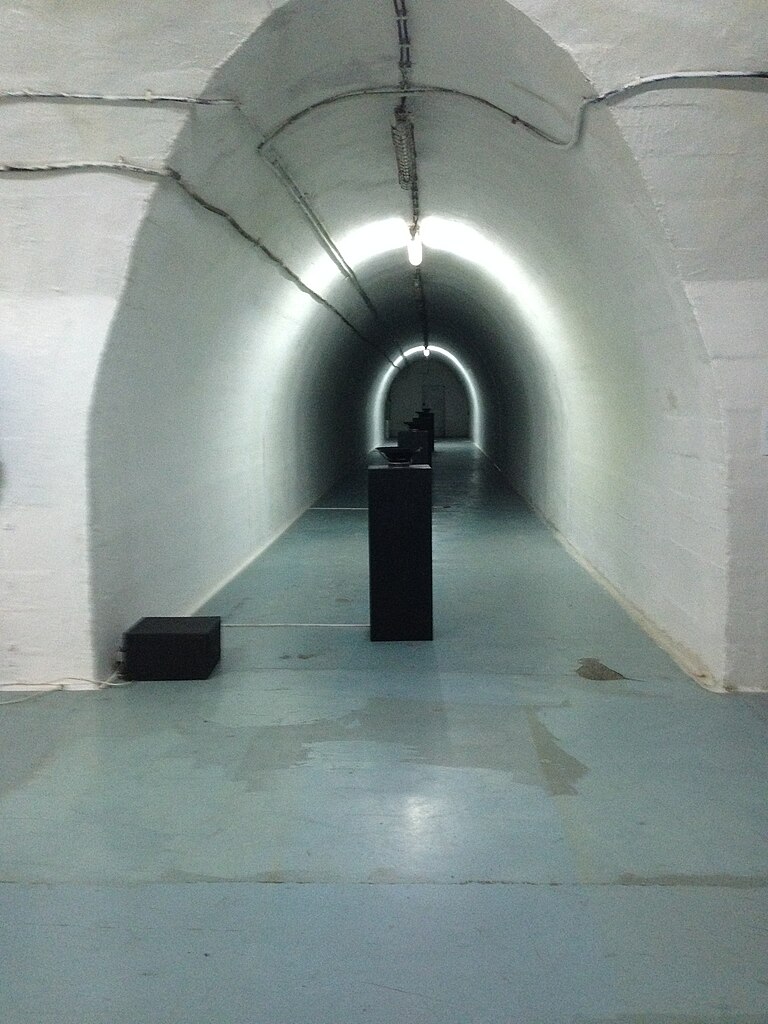
The History and Purpose of Tito’s Bunker
Construction of Tito’s bunker began in 1953, in the midst of the Cold War, and continued for 26 years, finally completing in 1979. The bunker was designed as a secret shelter for the Yugoslav leader, Josip Broz Tito, and 350 of the country’s top officials in the event of a nuclear war. The project cost a staggering $4.6 billion (in today’s value) and remained one of Yugoslavia’s most closely guarded state secrets.

Secrecy and Revelation
Though construction spanned decades, only a handful of people knew about the bunker’s existence. High-ranking officers in the Yugoslav People’s Army were among the select few who had access to this top-secret facility. Situated 280 meters underground, the bunker was engineered to withstand a nuclear strike and sustain its inhabitants for up to six months without outside assistance. Its location remained undisclosed until the 1990s, when Yugoslavia began to disintegrate and the bunker was revealed to the public.
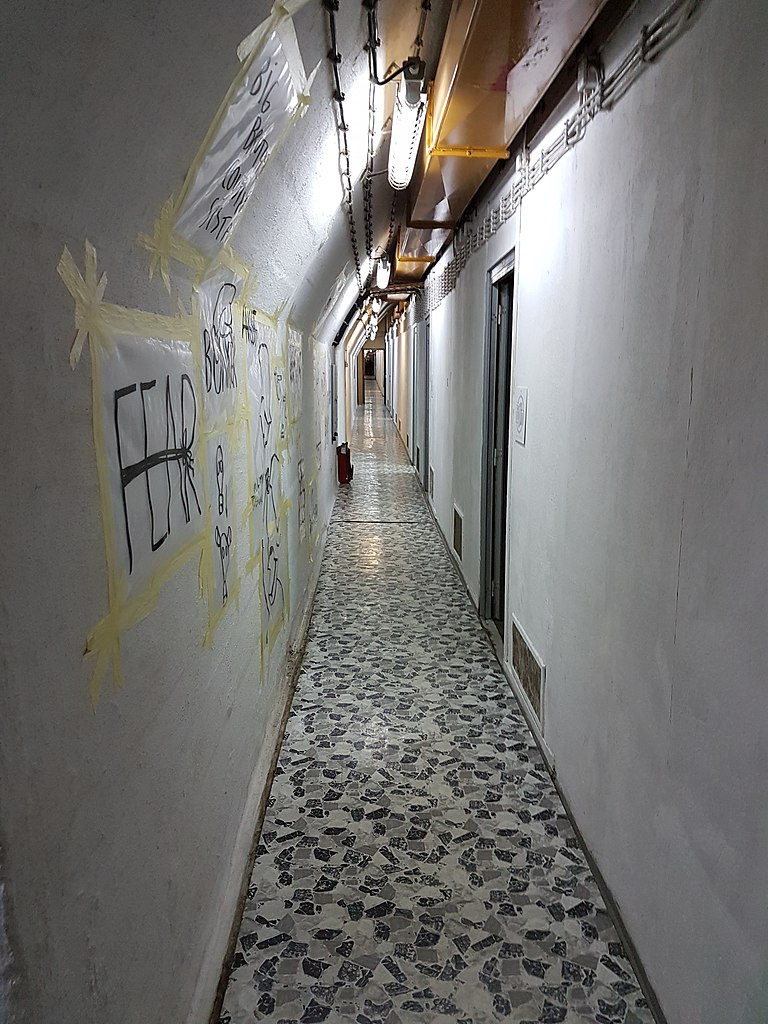
Impressive Structure and Design
Tito’s bunker covers an area of approximately 6,500 square meters and is divided into various sectors. It features command centers, meeting rooms, dormitories, a hospital, kitchen, and even special chambers reserved for Tito himself. The design reflects the necessity for long-term occupancy, with all the essential resources needed to manage the country from this underground refuge.
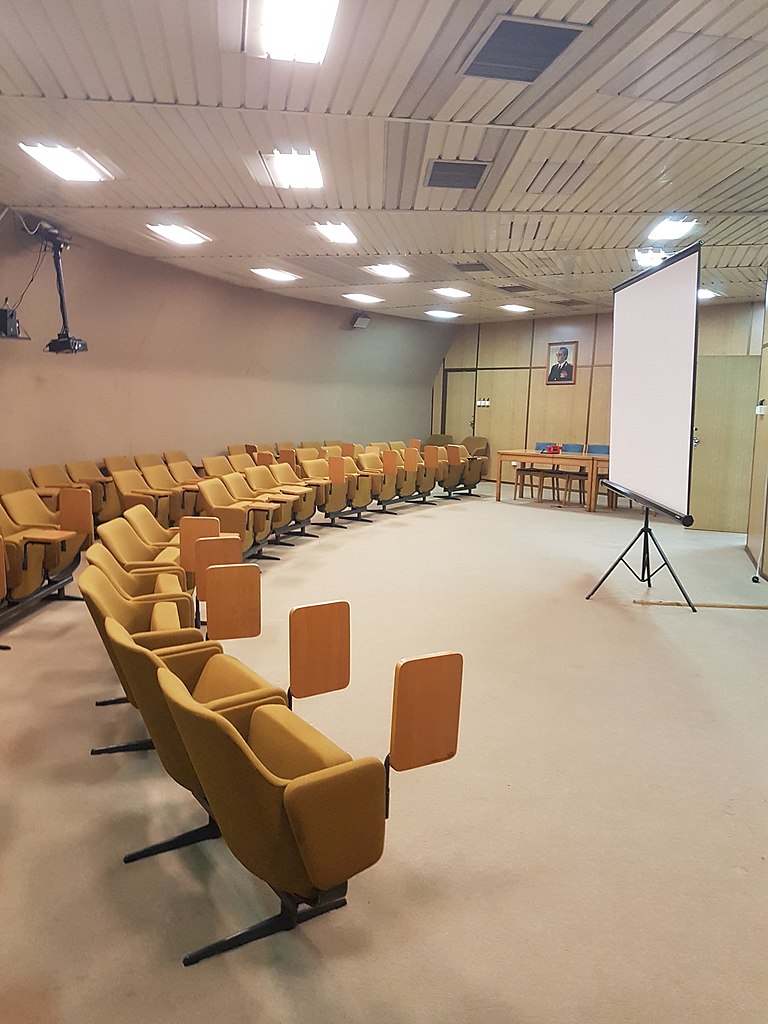
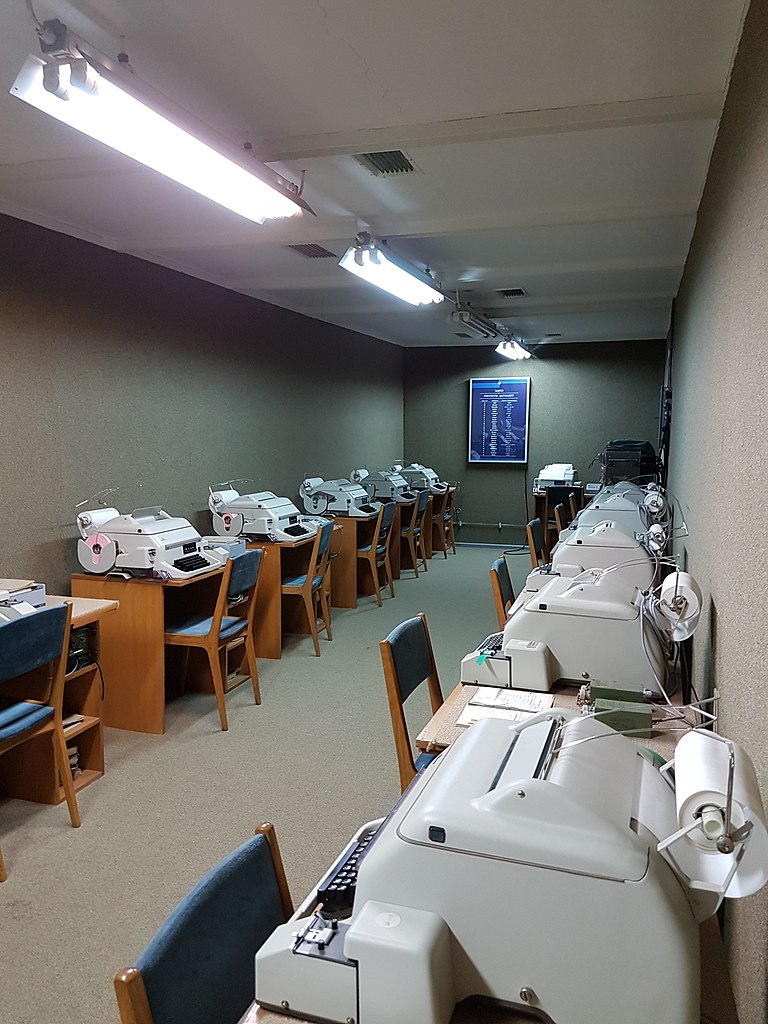
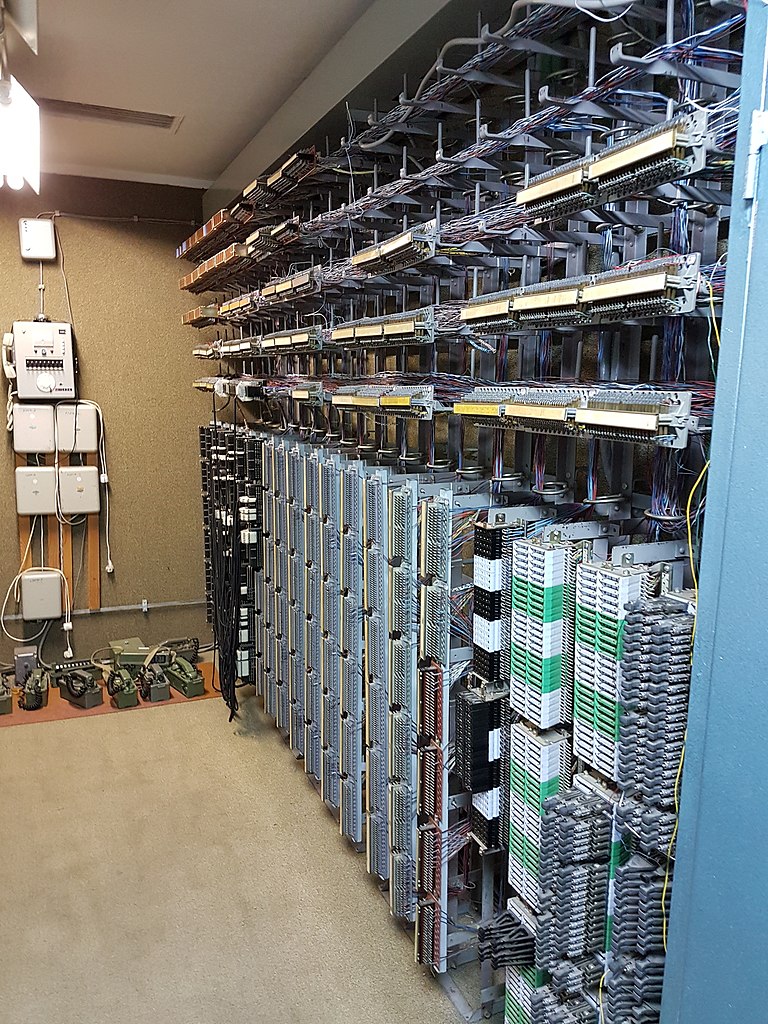
Life Inside the Bunker
Although fortunately, or rather luckily, never used for its intended purpose, the bunker was fully equipped to host the highest-ranking state and military officials for extended periods of isolation. Rooms were comfortably furnished, and the command centers were outfitted with state-of-the-art technology, enabling communication and coordination in case of crisis. The bunker had its own power, water supply, and ventilation systems, making it fully self-sufficient.
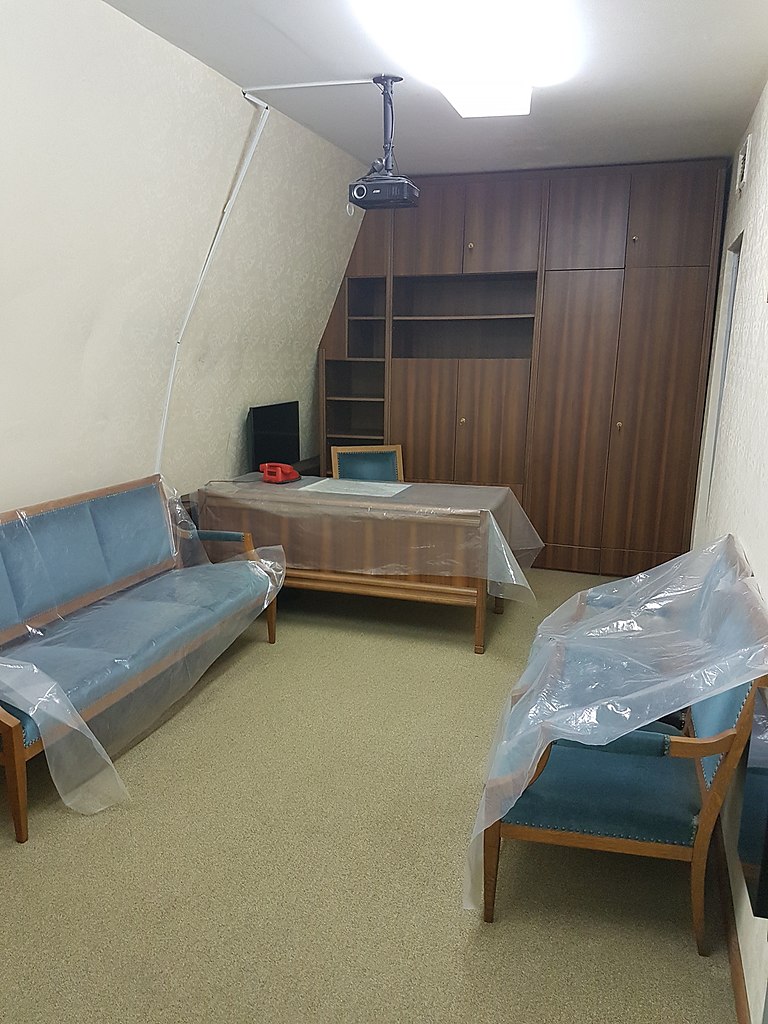
Tito’s Bunker Today
Today, this once top-secret military facility is open to visitors, attracting tourists from around the world who are eager to explore its fascinating history and impressive architecture. Tito’s bunker now also serves as a venue for art installations and cultural events, including the Biennial of Contemporary Art. Visitors can explore the bunker’s numerous rooms, stepping back in time to a period when the world teetered on the brink of nuclear disaster.
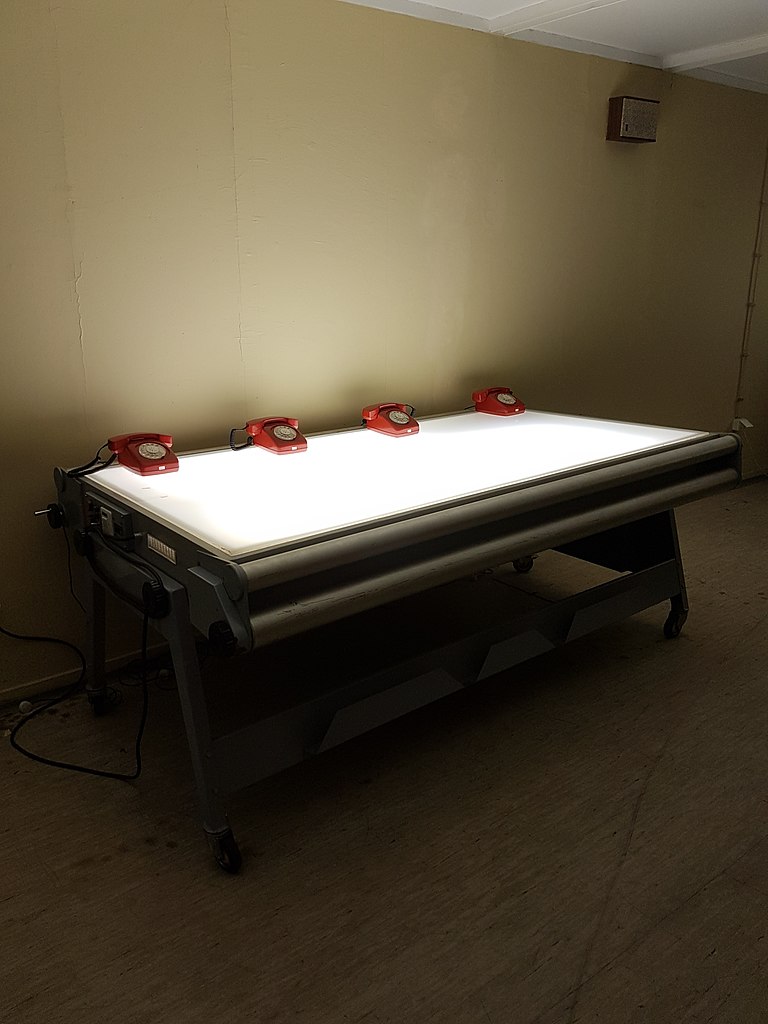
Tourist Information
How to Get to Tito’s Bunker: The bunker is located near the town of Konjic, which is easily accessible from both Sarajevo and Mostar. If you’re traveling by car, it’s about a one-hour drive from Sarajevo and 45 minutes from Mostar via the main highway (M-17). Public transport options, including buses and trains, connect Konjic to both cities. From Konjic, organized transport is available to take visitors to the bunker, as it’s located a few kilometers outside the town in the surrounding hills.
Opening Hours: Tito’s bunker is open year-round, but tours are usually organized by prior arrangement. It’s best to contact local tour agencies or the bunker’s organizers to book your visit in advance. Guided tours typically last between 60 and 90 minutes, providing in-depth insights into the bunker’s historical and architectural significance.
Ticket Prices: Ticket prices vary depending on the season and the size of the group. On average, individual tickets range from €10 to €20. Group discounts and reduced rates for students and children are also available.
What to Expect During Your Visit: Visitors can explore several key areas of the bunker, including:
- Tito’s Private Quarters: A room reserved for Tito, though he never actually used it.
- The Command Center: The heart of the bunker, where military operations would have been coordinated.
- Officials’ Quarters: Rooms designed to host the country’s top political and military leaders.
- Technical Infrastructure: Visitors can also view the ventilation, power, and water systems that made the bunker fully autonomous.
In addition to these historical rooms, parts of the bunker have been transformed into contemporary art galleries, showcasing installations that reflect on the bunker’s legacy and the global tensions of the Cold War.
Conclusion
Tito’s bunker in Konjic stands as one of the most intriguing Cold War landmarks in the former Yugoslavia. This massive structure serves as both a historical monument and a source of artistic inspiration. Whether you’re a history buff, an architecture enthusiast, or simply curious to explore Yugoslavia’s past, a visit to this bunker will offer a unique and unforgettable experience.




